 Once upon a time, every illustrator worth his or her salt kept a morgue file. The term comes from newspapers (who in turn swiped it from the coroner’s office) and it refers to the collection of files of reference material and back issues usually stored in the basement.
Once upon a time, every illustrator worth his or her salt kept a morgue file. The term comes from newspapers (who in turn swiped it from the coroner’s office) and it refers to the collection of files of reference material and back issues usually stored in the basement.
An illustration morgue file is an accumulation of images, often clipped from magazines and old books, that illustrators used for reference when they needed to know how to draw something. Morgue files were often accumulated over the course of a career, and they were messy and difficult to organize.
Nowadays, there’s little need to keep a traditional morgue file; the internet provides a much larger inventory than any individual collector could hope to amass. Listed below are some of the places I might go if I needed to draw, say, a horned lizard riding an old fashioned bicycle:
Continue reading →



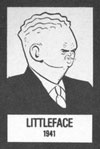
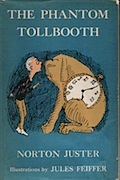
 Lately, I’ve been playing around with these two cool online drawing tools that have been wasting far too much of my time. Flame wins in terms of bells and whistles, but I think Harmony is still my favorite. There’s something about the way that it automatically sketches in the corners and darkens the lines that’s fascinating. I’d love to do a whole book in this style.
Lately, I’ve been playing around with these two cool online drawing tools that have been wasting far too much of my time. Flame wins in terms of bells and whistles, but I think Harmony is still my favorite. There’s something about the way that it automatically sketches in the corners and darkens the lines that’s fascinating. I’d love to do a whole book in this style.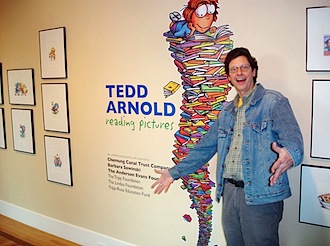
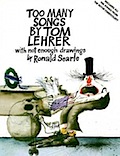
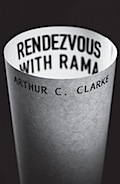 I have a tendency to make every project more complicated than it needs to be. I think that’s why these re-imagined cover designs for classic science fiction books are so appealing. Each one was created by hand on a single sheet of white paper, then photographed. No fancy computer tricks, expensive software, or any of that jazz. These are stunning.
I have a tendency to make every project more complicated than it needs to be. I think that’s why these re-imagined cover designs for classic science fiction books are so appealing. Each one was created by hand on a single sheet of white paper, then photographed. No fancy computer tricks, expensive software, or any of that jazz. These are stunning.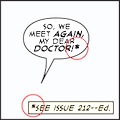 Let’s say you’re writing a comic, and you want to indicate that your character is out of breath and speaking French from the other side of a closed door. How do you do it?
Let’s say you’re writing a comic, and you want to indicate that your character is out of breath and speaking French from the other side of a closed door. How do you do it? Artist Lou Romano has a wonderful post on the work that went into designing the characters and settings for Pixar’s new film, UP. It’s fascinating to see the amount of preparation that goes into a production like this, from conceptual art to sculptures of the key characters. Really inspirational, and well worth a look, even if you haven’t seen the movie.
Artist Lou Romano has a wonderful post on the work that went into designing the characters and settings for Pixar’s new film, UP. It’s fascinating to see the amount of preparation that goes into a production like this, from conceptual art to sculptures of the key characters. Really inspirational, and well worth a look, even if you haven’t seen the movie.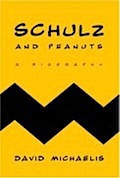 The Book Cover Archive is a compendium of the best of cover design, organized in some really useful ways. It’s the work of designers Ben Pierratt and Eric Jacobsen, and they’ve clearly put a lot of thought into the project. Not only can you search by authors, illustrators, and publishers, but also
The Book Cover Archive is a compendium of the best of cover design, organized in some really useful ways. It’s the work of designers Ben Pierratt and Eric Jacobsen, and they’ve clearly put a lot of thought into the project. Not only can you search by authors, illustrators, and publishers, but also  Once upon a time, every illustrator worth his or her salt kept a morgue file. The term comes from newspapers (who in turn swiped it from the coroner’s office) and it refers to the collection of files of reference material and back issues usually stored in the basement.
Once upon a time, every illustrator worth his or her salt kept a morgue file. The term comes from newspapers (who in turn swiped it from the coroner’s office) and it refers to the collection of files of reference material and back issues usually stored in the basement.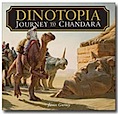 James Gurney is the author/illustrator of the Dinotopia series. He draws and paints like a son of a gun. His rough sketches make my finished pieces look like dog barf. Plus, I met him at a book signing last year and he’s really nice. His blog is a phenomenal reference for all things illustrated. You should probably be reading it right now instead of this.
James Gurney is the author/illustrator of the Dinotopia series. He draws and paints like a son of a gun. His rough sketches make my finished pieces look like dog barf. Plus, I met him at a book signing last year and he’s really nice. His blog is a phenomenal reference for all things illustrated. You should probably be reading it right now instead of this. Irene Galo, an art director at Tor Books, has posted a good, common sense primer on putting together a portfolio. It covers tips on content, knowing your audience, your competition, and even minding your manners. Excellent advice, and a definite bookmark for all illustrators.
Irene Galo, an art director at Tor Books, has posted a good, common sense primer on putting together a portfolio. It covers tips on content, knowing your audience, your competition, and even minding your manners. Excellent advice, and a definite bookmark for all illustrators.
You must be logged in to post a comment.